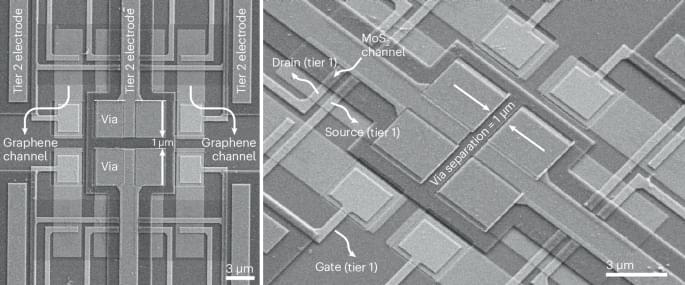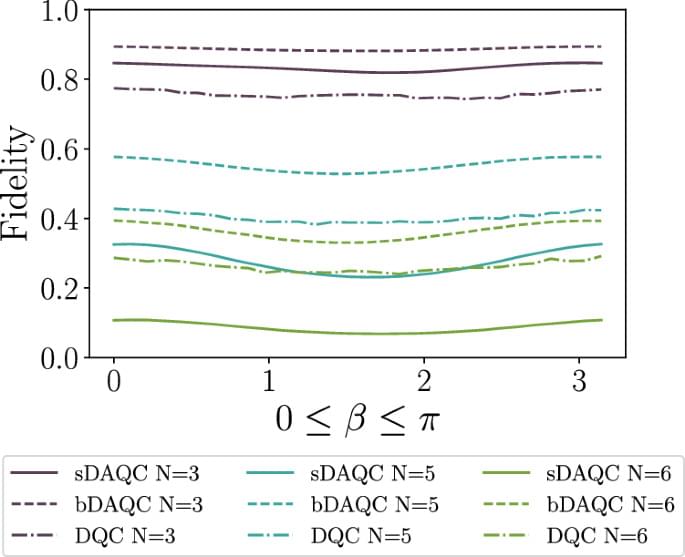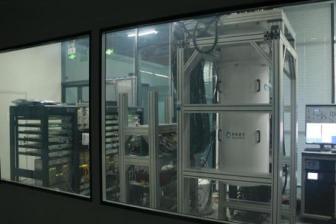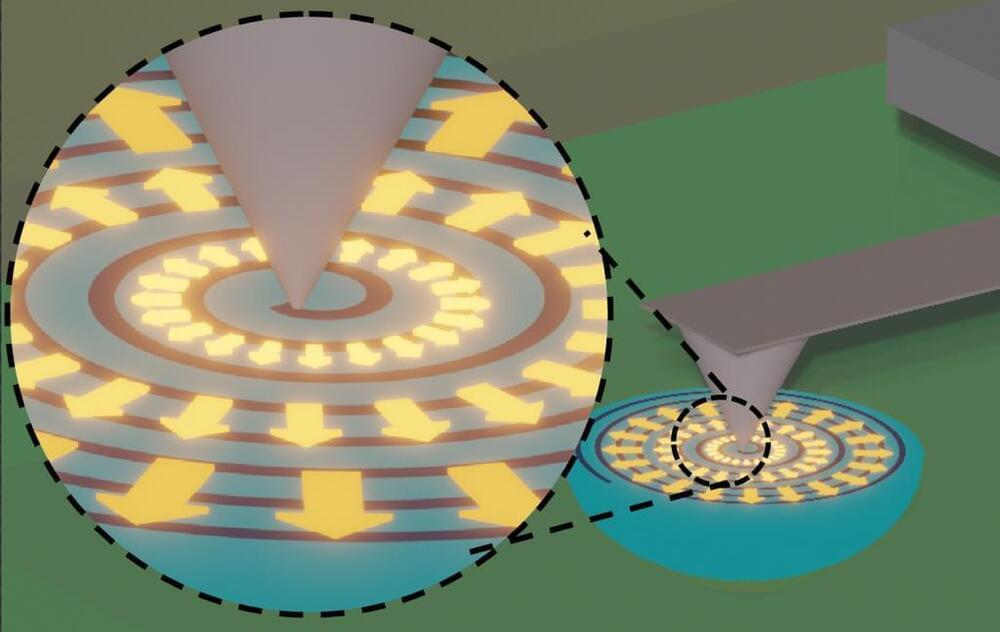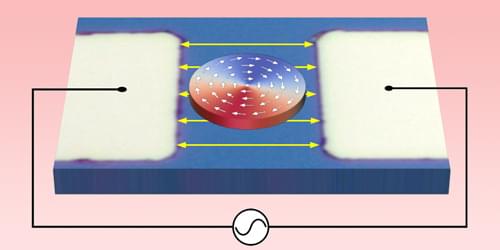Oct 10, 2024
[News] Vietnam Plans to Establish Over 20 Semiconductor Plants
Posted by Genevieve Klien in categories: computing, government
According to a recent article published on the Vietnam Government News website, on September 21, Prime Minister Pham Minh signed Decision No. 1018/QD-TTg, issuing Vietnam’s strategy and vision for the development of the semiconductor industry, with short-term goals until 2030 and long-term projections until 2050.
In this strategic plan, Vietnam outlined five specific tasks and measures, including: Developing specialized chips; Promoting the development of the electronics industry; Developing human resources and attracting talent in the semiconductor field; Attracting investment in the semiconductor sector; and Other relevant tasks and measures.
Goals for 2050: 3 Manufacturing Plants, 20 Packaging and Testing Facilities Overall, this strategy aims to develop Vietnam’s semiconductor industry through a three-phase roadmap.
